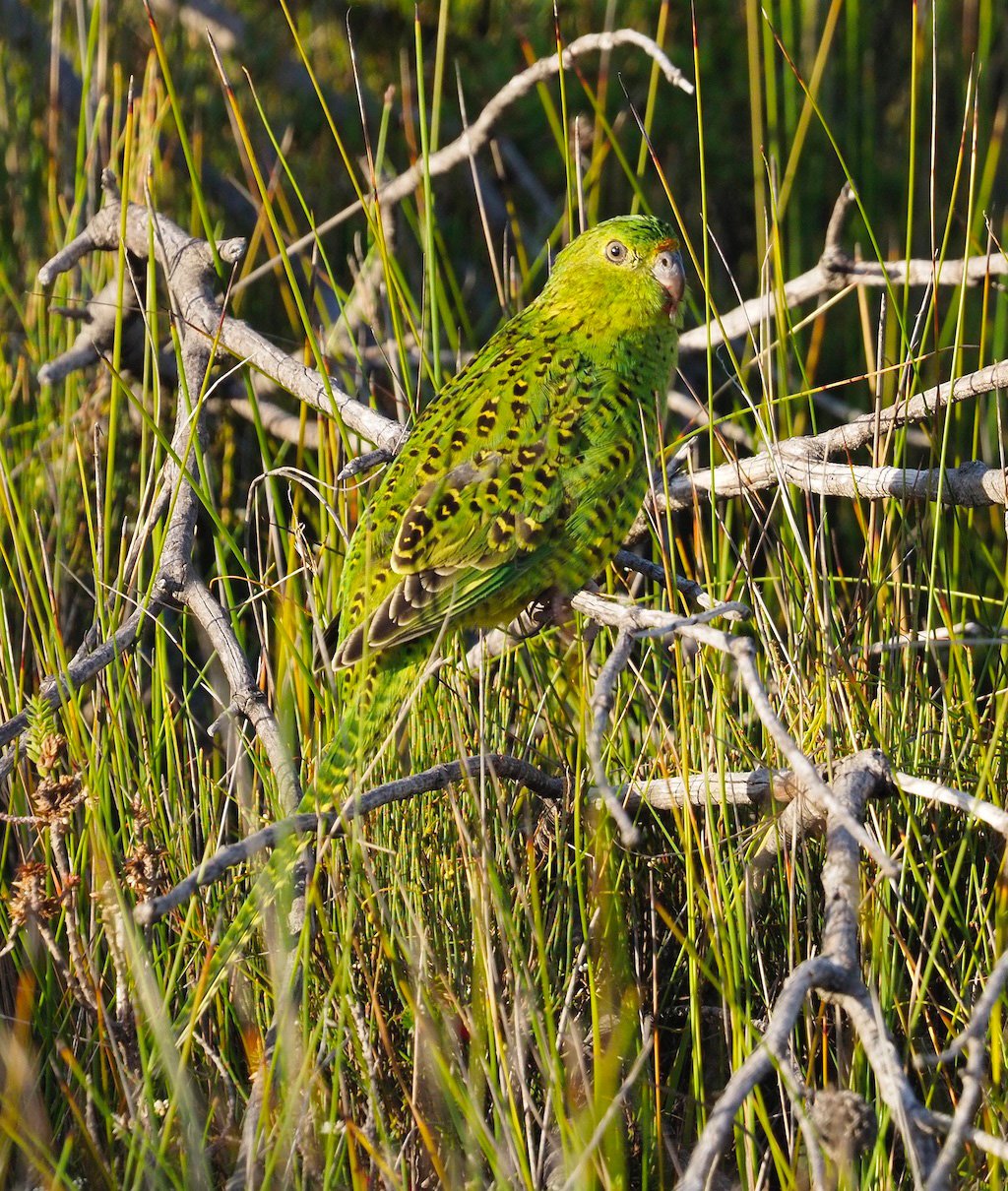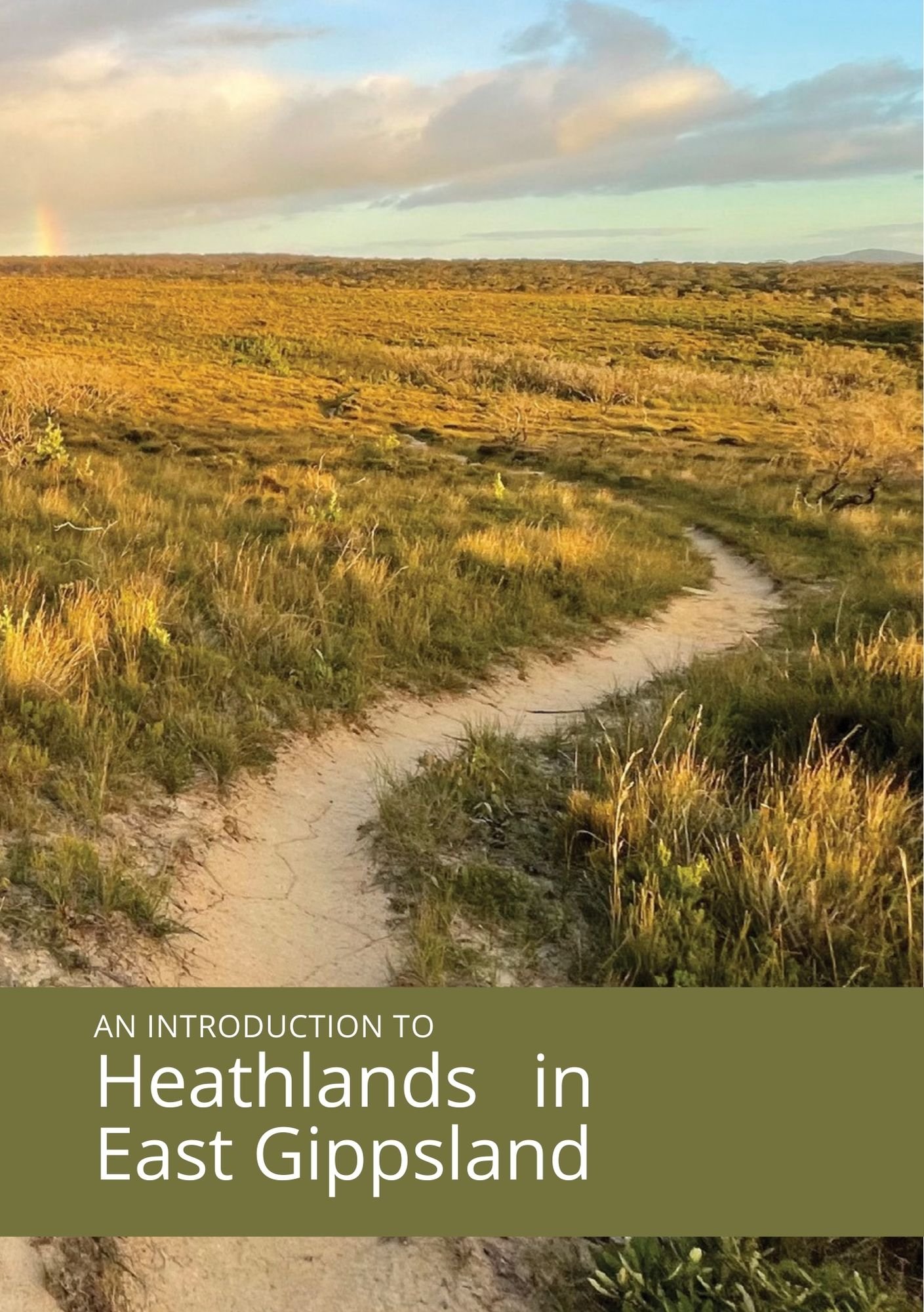
Ground parrots on the Marlo Plains
About the project
This project is documenting heathlands on the Marlo Plains and surveying for the presence of eastern ground parrot in selected heaths judged most likely to be suitable habitat. The project involves community members, especially in survey work, and will raise community awareness of this threatened species.
The project will contribute to our understanding of the distribution of the endangered eastern ground parrot after the 2019-20 fires and will support land managers (both public and private) to recognise ground parrot habitat on their land across the Marlo Plains.
FEVL will support concerned private landholders complete on ground actions to protect the ground parrots natural habitat.
What are ground parrots?
The eastern ground parrot (Pezoporus wallicus wallicus) is one of only five ground-dwelling parrots in the world and is listed as an endangered species in Victoria. The eastern ground parrot is a distinctive, slender parrot which is shy and elusive and not usually seen unless it is flushed out from cover.
The eastern ground parrot is dependent on coastal heathlands and heathy woodland. Before the 2019-20 fires, East Gippsland supported the largest population of the species in Victoria. The fires burnt most of the coastal heathlands on public land east of Orbost, however some heathlands remained unburnt on the Marlo Plains, on both public and private land.
Learn more about the eastern ground parrot
Heathlands in East Gippsland
Heathlands are dynamic ecosystems generally devoid of canopy trees and dominated by a variety of dense, low shrubs (1–2 metres tall), with a ground layer of sedges, rushes, shrubs and herbs. Heathlands occur in diverse climates and exist universally in low-nutrient acidic soils where drainage is usually poor. Despite often occurring in harsh environments, heathlands are floristically diverse and support many mammals, birds, reptiles, frogs and invertebrates.
Acknowledgements
This project is supported by the East Gippsland Catchment Management Authority with funding from the Victorian Government’s Biodiversity Bushfire Recovery Grants and Victorian Landcare Grants.





